
Salty Sam’s Fun Blog for Children
Number 158
The Sun
Hello Everyone

When you look up at the night sky, as long as it is not a cloudy night, you can see lots of stars, but in the daytime they seem to disappear.
Of course they are still there, but you can’t see them because of the powerful light of the sun blocking them out.
Bill and Bob love looking at the stars through their telescope, and so they were very interested to learn about the most important one of all in school this week.
The Sun is in fact also a star, but much nearer to us than any other star which is why it seems bigger and brighter than all of the others.
ln fact as stars go, the Sun is quite a big one and quite a young one. lt is about a million times the size of the Earth and was born about 4.6 billion years ago.
The surface temperature of the Sun is 5,500°C but in the centre it is about 15,000,000°C! lf the Earth was orbiting much nearer to the sun, it would be too hot for life to exist. lt is nearly 150 million km away or 90 million miles.
The Sun is made up from gases called hydrogen and helium and weighs as much as 2,000,000,000,000,000,000,000,000,000 tonnes!
The Sun is one of more than 100,000,000,000 stars in a galaxy called the Milky Way. This of course is the galaxy in which we also live.
The Sun is at the centre of our solar system and its rays warm our Earth, give us light and help the crops to grow. Many ancient peoples worshipped the Sun because of its importance; even building religious temples to honour it. Sunday is named after it.
The rays immediately around the Sun are called its corona and they can be seen when the moon eclipses it (moves in front of it and blocks its light).
There are also solar winds that blow out from the Sun and through the solar system. These winds affect our weather. When they are stronger, the Earth gets warmer and they can vary in speed and intensity as the years go by.
Solar winds are made up of electrical particles and create the Northern Lights and the Southern Lights – a spectacular light phenomenon that can be seen in the skies over the poles.
We are mostly protected on Earth from these winds by our atmosphere and the magnetic field that exists around our planet.
Don’t forget, although we need the Sun to survive, we also need to protect our skin with sun lotion when it is hot, so that we don’t get sunburnt and no one should ever look directly at the Sun – or at it through a telescope!
Bye bye everyone – don’t forget to subscribe to my blog!
lf you like my blog, please support it by telling all your friends and followers about it.
Thank you!
And see you again next Fun Friday!
Love and kisses
Salty Sam

www.christina-sinclair.com


Bill and Bob’s Joke of the Week![]()
![]()
Bob: What goes around the house and inside the house but never touches the house?
Bill: l don’t know. What goes around the house and inside the house but never touches the house?
Bob: The Sun.

Salty Sam © Christina Sinclair 2015
Unauthorized use and/or duplication of material from this blog without express and written permission from this blog’s author and owner is strictly prohibited.
Links may be used to www.christina-sinclair.com

Picture Gallery

The Sun’ surface

A diagram of the inside structure of the Sun
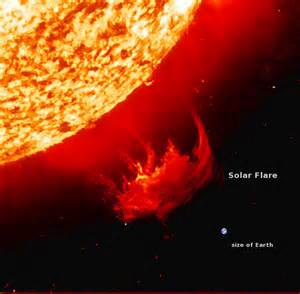
A solar flare bursting out from the Sun

It rains plasma on the sun’s surface and the solar winds reach as far as Earth

As the moon eclipses the sun only the rays as visible

The sun totally eclipsed by the moon in March 2015 as seen in northern Europe
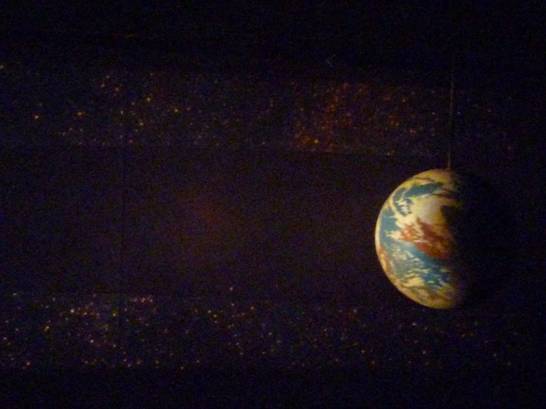
Sunlight falls on just over half the World at any one time –
At the edges of the light will be dawn or dusk in those places

Dawn
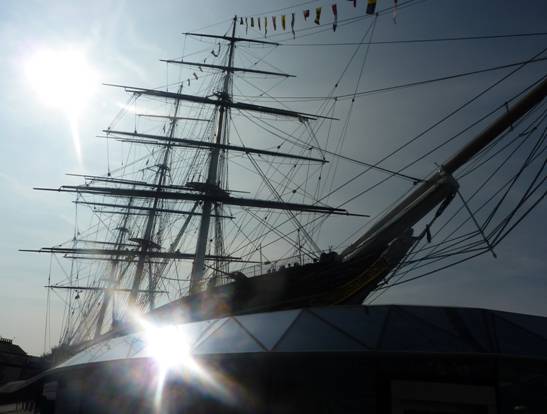
You should never look directly at the sun
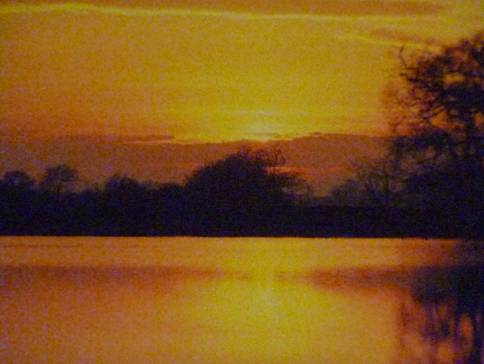
Unless it is setting and is close to the horizon

Aztec Temple of the Sun in Mexico

These girls are using welding masks to protect their eyes as they watch the eclipse


 THE SALTY SAM NEWS DESK
THE SALTY SAM NEWS DESK

Sometimes too hot the eye of heaven shines
And often is his gold complexion dimmed
The Big S

Shakespeare had a romantic view of the sun, but scientists are finding out more about the Sun than ever before with a new generation of satellites. It is far too dangerous to look through a telescope at the Sun, but these satellites are telling us a lot about how the surface of the Sun looks.
Scientists have found out that the Sun’s activity changes over an eleven year cycle. It changes from relative calm to intense activity when there is more movement on the surface – and at this time the solar winds that blow out from it are stronger.

The Earth is the only planet in the Solar System to have eclipses. This is because the moon is 400 times smaller than the Sun and 400 times nearer to the Earth. The Moon neatly fits over the Sun blocking out most of its light. The only thing visible is the corona (the rays nearest to it) which is bigger at times of more surface activity.
Eclipses occur about every 18 months when the Sun and Moon move into a position when they line up together above the Earth. Very often the shadow path of the eclipse runs over the sea or places where there are very few people to see it. So when an eclipse comes to a place when a lot of people can go to see it, the spectacle becomes quite an occasion.
The Sun spins around just like the Earth does. It accounts for 99.85{4dfe95bac16e82896c420f36af5fbed11f8fae2830a95b6035d5a939427289c2} of the mass of the Solar System. The particles coming from the centre of the sun could take 100,000 years to reach the surface and yet the Sun’s rays take only 8 minutes to reach the Earth.

Scientists have also found that the Sun has a big brother! That means there is another star that was made out of the same material source as our sun. The name of this star is HD162826. It is 4.5 billion years old, 110 light years away from us and is to be found in the constellation of Hercules.
What is more, our Sun may have over 30 more siblings (brothers and sisters) out there in Space.


*********************
TO ADVERTISE ON THIS BLOG
PLEASE CONTACT:
christina.sinclair.ads@aol.co.uk
*********************


Quick Quiz
Can you un-jumble the names of these planets?
- tarsun
- rams
- putjier
- areth
- sneuv
- rermucy
- tuneep
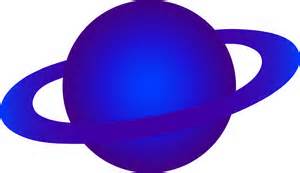

BLOW MY FOGHORN!!!

PLUS
Salty Sam fans can join in with their comments and share them with children all over the world. You will need to ask permission if you are not an adult.
Enter your e-mail address to subscribe to my blog and receive new Salty Sam Blog Posts for free by e-mail every week. Your address will be kept private and will not be shared with any third party.
Sign me up at the side bar




lt’s the Weekend!

HOW TO MAKE A SWlMSUlT FOR YOUR TWELVE lNCH DOLL
SWIMMING COSTUME (KNIT ONE)
Using 3¼mm knitting needles and white 4ply yarn
Cast on 34 stitches and work 1 x 1 rib for 30 rows
Change to red 4ply yarn
Knit 1 row
Knit 1 row
Purl 1 row
Knit 1 row
Cast off knit-wise
TO MAKE UP
With right sides together over-sew the back centre seam.
Position this seam at the back of the costume then sew across 1cm across the centre of the bottom of the tube (this will hold the costume between the legs).
Turn right side out.
You can put a button on the front of the costume to add decoration.

DRESSING GOWN
Cut out some pieces from some lace fabric that does not need hemming
Back 24cm by 9cm – 1 piece
Front 24cm by 5cm – 2 pieces
Sleeves 6cm long by 8cm wide – 2 pieces
Sew shoulder seams 2cm up from the arm edge.
Sew sleeves to body.
Sew underarm and side seams.
Use over-sew stitch
Metric to Imperial
24cm = 9½ inches
9cm = 3½ inches
5cm = 2¾ inches
6cm = 2¼ inches
8cm = 3 inches



Please note that the material on this blog is for personal use and for use in classrooms only.
It is a copyright infringement and, therefore, illegal under international law to sell items made with these patterns.
Use of the toys and projects is at your own risk.
©Christina Sinclair Designs 2015


Quick Quiz Answers
- tarsun – Saturn
- rams – Mars
- putjier – Jupiter
- areth – Earth
- sneuv – Venus
- rermucy – Mercury
- tuneep – Neptune



